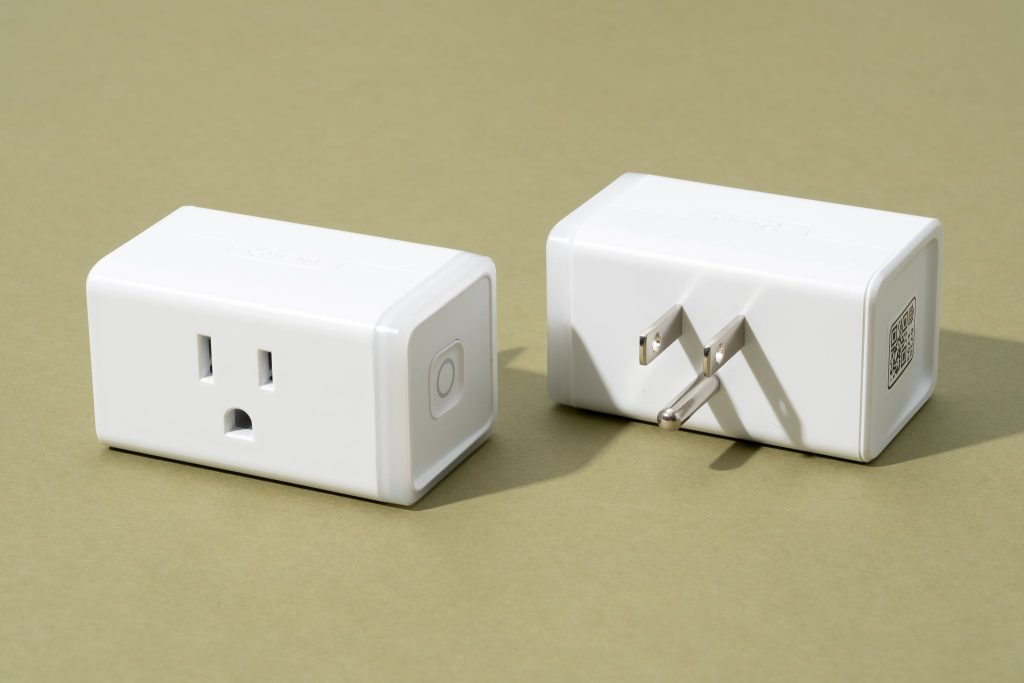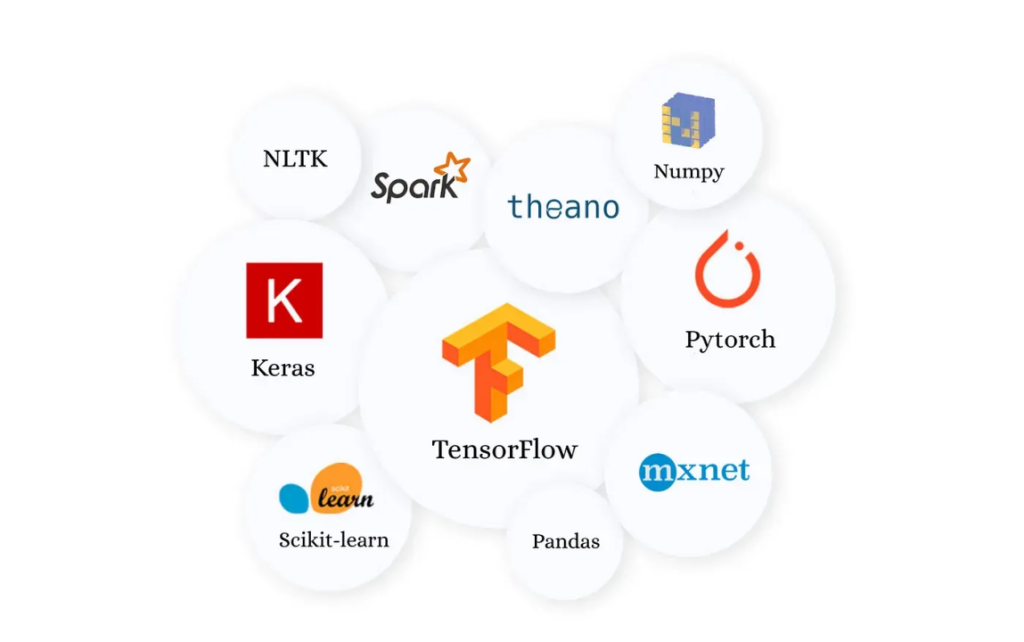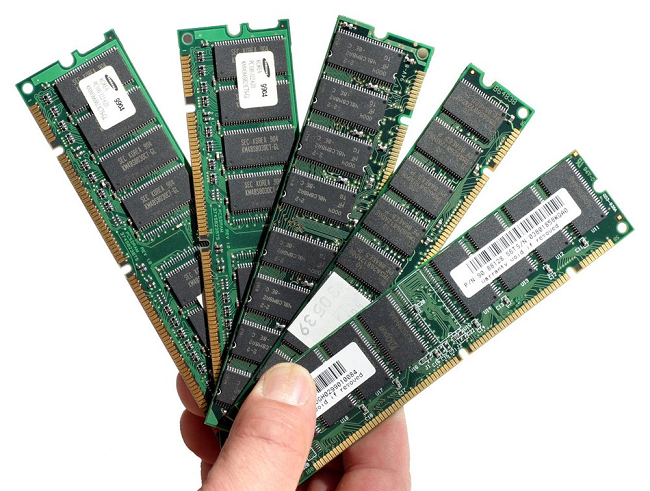In a world overflowing with flashy smartphones and high-profile launches, some of the most genuinely useful devices often fly under the radar. These overlooked gems may not trend on social media or make headlines, but they deliver immense value in daily life. From boosting productivity to simplifying everyday tasks, here’s a look at tech accessories and tools that deserve a place in your setup.
Smart Plugs That Actually Save Time and Energy
Smart plugs are compact yet powerful tools that transform traditional appliances into remotely controllable devices. By connecting them to your home Wi-Fi, you can manage lamps, coffee machines, fans, or any compatible item using an app or voice assistant. Their value lies not just in convenience but in the ability to set schedules, reduce energy waste, and control electronics from afar. They’re especially handy for automating routines or ensuring appliances aren’t left running when you’re away.

Bluetooth Trackers That Prevent Everyday Panic
Losing keys, wallets, or bags can quickly ruin your day. That’s where Bluetooth trackers like Tile or Chipolo shine. These small devices attach to personal items and sync with your phone so you can locate them within seconds. Many even feature reverse tracking—press the tag to find your phone. While they often go unnoticed in the tech conversation, they’re lifesavers in daily routines, especially for people constantly misplacing things.
Foldable Keyboards for Remote Work Warriors
If you travel often or work in coffee shops, foldable Bluetooth keyboards are game changers. Designed for portability, they easily fit in bags or even pockets while offering full-size typing comfort. When paired with a tablet or phone, they transform a mobile device into a functional workstation. While not as glamorous as laptops or tablets, they offer flexibility and efficiency in a compact package.
E-Ink Notepads for Focused Digital Writing
Digital notepads using e-ink screens like the reMarkable 2 or Boox Note Air allow distraction-free writing, sketching, and note-taking. Unlike tablets with endless apps, these devices keep things simple. They mimic the feel of pen on paper while storing your notes digitally. Ideal for creatives, students, or minimalists, they provide a clean alternative to cluttered digital environments. Though niche, their long battery life and eye-friendly screens make them a hidden gem for deep work.
USB-C Hubs That Expand Your Laptop’s Potential
Modern laptops often sacrifice ports for thin design. That’s where multi-port USB-C hubs come in. These adapters instantly expand your connectivity, allowing HDMI output, SD card reading, USB-A device access, and more. Whether you’re editing videos, working with external drives, or giving presentations, having one in your bag solves multiple headaches. It may not be exciting, but it’s indispensable for tech-savvy users.
Portable Monitors for Dual-Screen Productivity Anywhere
Portable monitors are slim, lightweight, and ideal for creating a multi-display setup on the go. Perfect for digital nomads or hybrid workers, they connect via USB-C or HDMI and offer a second screen for increased productivity. Whether managing spreadsheets, coding, or designing, having extra screen space significantly improves workflow. While often overshadowed by bigger tech investments, they’re a smart addition to any mobile workspace.

Cable Organizers That Eliminate Desk Clutter
Tangled wires are the silent enemy of any desk setup. Magnetic cable holders, under-desk trays, or simple velcro ties can transform messy workstations into clean, organized environments. These small accessories prevent cables from slipping, reduce wear, and improve aesthetics. They may not seem essential until you’ve used them—then you’ll wonder how you lived without them.
Conclusion: Small Devices, Big Impact
Underrated gadgets often go unnoticed because they don’t offer flashy features or major brand marketing. Yet, their value becomes clear the moment they solve a specific problem or streamline a daily task.…
Comments closed
